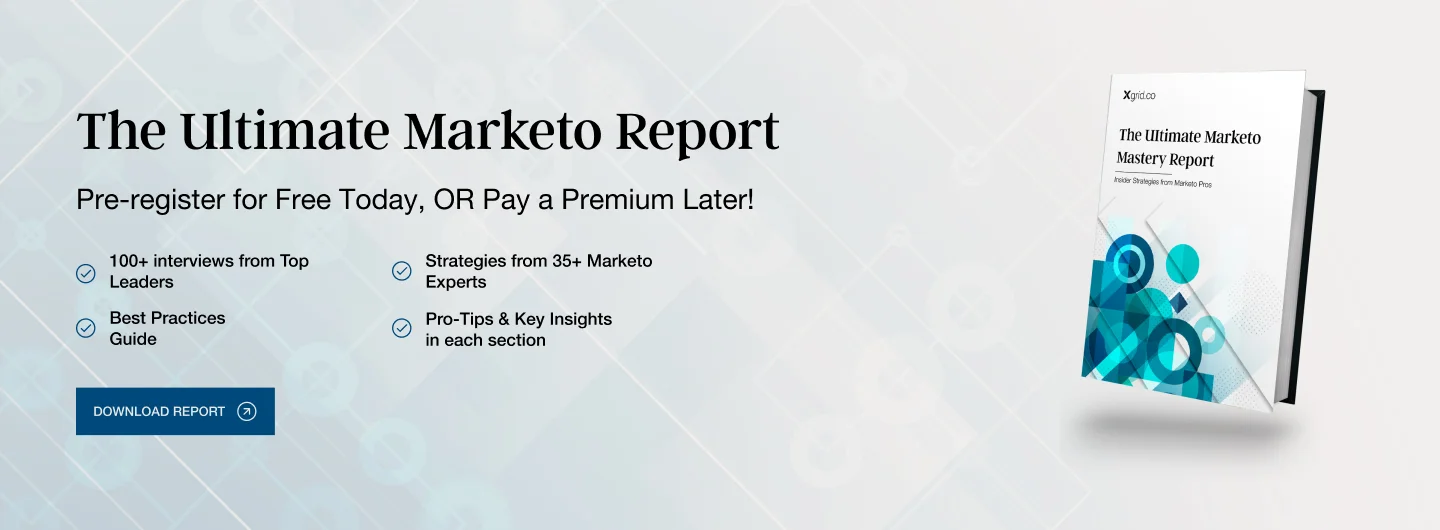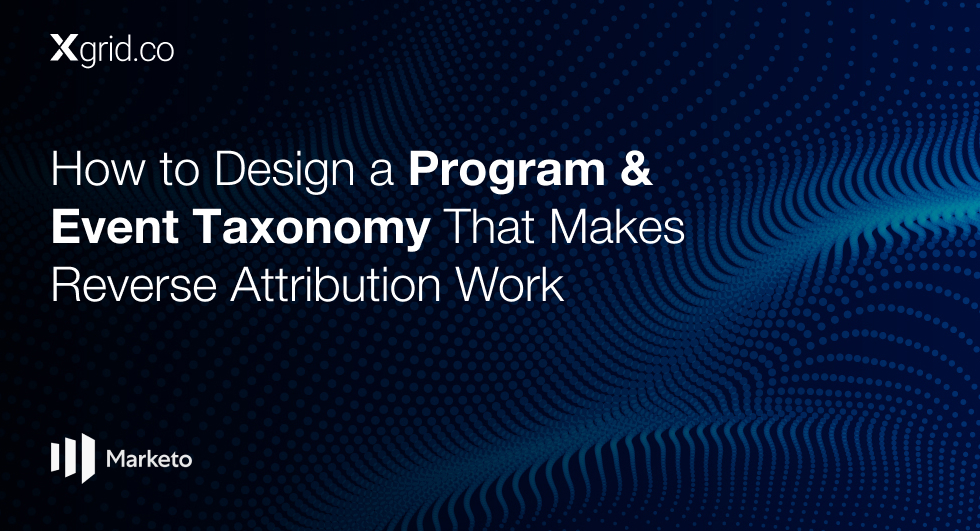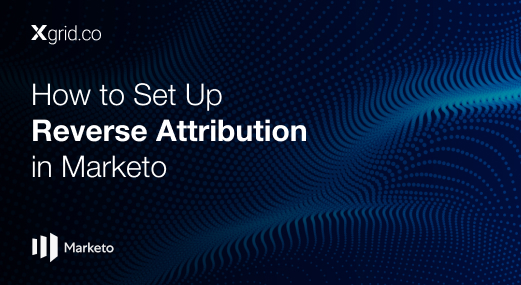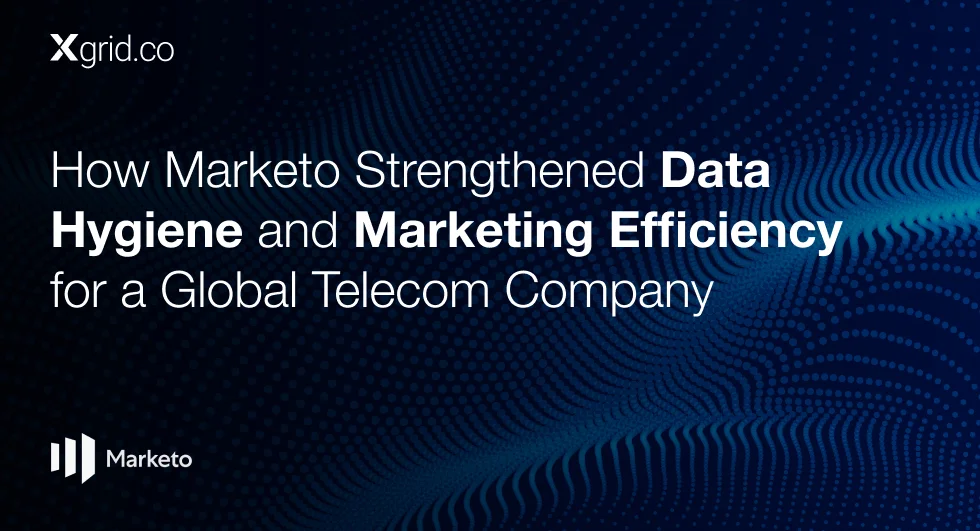How to Develop a Lead Lifecycle in Marketo Engage?
Why Lead Lifecycle Matters
B2B buying decisions are often complex, involving multiple stakeholders and lengthy research phases. A well-defined lead lifecycle allows you to:
- Target prospects effectively: Deliver the right message at the right time, based on their stage in the buying journey.
- Nurture leads efficiently: Provide relevant content and personalized interactions to move prospects down the funnel.
- Improve lead quality: Identify and qualify leads with the highest conversion potential.
Optimize marketing campaigns: Track performance at each stage and make data-driven adjustments.
Marketo Engage: Your Lead Lifecycle Management Partner
Marketo Engage is a powerful marketing automation platform that empowers you to streamline and optimize your lead lifecycle management. Here’s how:
- Automated Lead Nurturing: Create personalized email campaigns and automated workflows to nurture leads at every stage.
- Lead Scoring and Segmentation: Identify high-value leads and tailor your outreach based on their behavior and interests.
- Multi-channel Marketing: Engage prospects with targeted messaging across various channels like email, social media, and landing pages.
- Detailed Analytics and Reporting: Gain valuable insights into lead behavior and campaign performance to refine your strategy.
Defining Your Lead Lifecycle Stages
The B2B lead lifecycle can be broken down into distinct stages, each representing a critical step in a prospect’s journey towards becoming a customer. Identifying these stages and tailoring your marketing efforts accordingly is essential for effective lead nurturing.
Common Stages of the Lead Lifecycle:
- Awareness: This initial stage is all about making potential customers aware of your brand, products, or services. They may encounter your company through content marketing, social media posts, industry events, or even word-of-mouth referrals.
- Interest: Once aware, prospects who demonstrate some level of interest will begin to engage with your marketing efforts. This might involve downloading white papers, attending webinars, or visiting your website for specific product information.
- Consideration: At this stage, interested prospects are actively researching solutions to their problems. They might compare your offerings with competitors and weigh their options. Providing valuable content that addresses their specific needs and pain points is crucial here.
- Decision: This is the final stage where prospects are ready to make a purchase decision. They will likely have shortlisted a few vendors and may require detailed proposals, pricing information, or demos to finalize their choice.
Marketing Qualified Lead (MQL): A Bridge Between Stages
To optimize lead volume and ensure a smooth handoff to your sales team, consider introducing a sub-stage within the Consideration phase called a Marketing Qualified Lead (MQL). This signifies a lead who has demonstrated a high level of interest and is deemed sales-ready. Here are some characteristics of an MQL:
- Downloaded product demos or pricing guides.
- Requested a free trial or consultation.
- Engaged with specific sales-oriented content (e.g., case studies, pricing comparisons).
Identifying MQLs allows you to prioritize leads for your sales team, leading to smoother handoffs and improved conversion rates.
Building Your Lead Lifecycle Program in Marketo Engage
Marketo Engage empowers you to build a robust lead lifecycle program, automating key processes and delivering a seamless experience for your prospects. Here’s how Marketo streamlines your campaign launches, allowing you to focus on what matters most.
A. Setting Up the Program Framework:
- Program Type and Channels:
In Marketo, choose the “Lead Lifecycle” program type when creating a new program. This allows you to define stages, triggers, and actions specific to each stage of your lead journey.
Select the marketing channels you’ll utilize to reach prospects at different stages. This could include email, social media, landing pages, webinars, and more.
- Pre-built Lead Lifecycle Programs (Optional):
Marketo offers pre-built lead lifecycle programs as a starting point. These templates can be a valuable resource, providing a basic framework for your program. However, it’s crucial to customize them with your specific industry, messaging, and content.
B. Mapping Leads to Stages – Lead Scoring Implementation:
Lead scoring is a core feature in Marketo that assigns points to leads based on their activities and characteristics. This helps you understand their engagement level and lifecycle stage.
- Leveraging Lead Scoring:
Define scoring criteria that reflect your ideal customer profile and buying journey. Examples include website visits, content downloads, email opens, and webinar registrations.
Assign point values to each activity based on its significance in moving leads down the funnel.
- Customizing Lead Scoring Criteria:
The key to effective lead scoring is tailoring it to your specific industry and target audience.
For instance, attending a product demo might be a high-scoring activity for a software company, while requesting a pricing guide might be more valuable in a financial services industry.
C. Nurturing Leads Through the Stages:
This is where Marketo’s automation capabilities truly shine. Here’s how to create targeted communication for each stage:
- Content and Communication Strategy:
Develop engaging and informative content tailored to each lifecycle stage.
For example, awareness-stage content might be educational blog posts or industry reports, while consideration-stage content could include case studies or product demos.
- Marketo Engage Features in Action:
Marketo provides a powerful suite of features to automate lead nurturing across channels:
- Email Marketing: Create personalized email drip campaigns with relevant content based on lead score and stage.
- Landing Pages: Design targeted landing pages to capture leads and nurture them further with gated content like white papers or webinars.
- Smart Campaigns: Leverage automation workflows to trigger specific actions based on lead behavior. For example, when a lead downloads a product brochure (indicating interest), a smart campaign can automatically send a follow-up email with a product demo offer.
By effectively combining these functionalities, you can create a nurturing program within Marketo that transforms your lead lifecycle from a scattered approach into a strategic, data-driven engine for lead generation and conversion.
Optimizing Your Lead Lifecycle
Building a successful lead lifecycle program is an ongoing process. Here’s how Marketo Engage empowers you to track progress, optimize performance, and continuously improve your lead nurturing efforts:
Tracking Key Performance Indicators (KPIs): Define and track relevant KPIs for each stage of the lead lifecycle. Some key metrics include:
- Awareness: Website traffic, social media engagement, brand mentions.
- Interest: Email open rates, click-through rates on calls-to-action (CTAs), content downloads.
- Consideration: Landing page conversion rates, webinar registrations, free trial signups.
- Decision: Request for proposals (RFPs), demo requests, sales qualified leads (SQLs) generated.
By monitoring these KPIs, you can identify bottlenecks in your funnel and areas for improvement.
A/B Testing Different Strategies: Marketo allows you to A/B test different aspects of your lead nurturing program, such as email subject lines, landing page design, or content offers. This data-driven approach helps you identify the most effective messaging and optimize your campaigns for better engagement and conversions.
Lead Nurturing Best Practices: Marketo streamlines the implementation of lead nurturing best practices:
- Personalization: Utilize lead data to personalize emails, landing pages, and content recommendations for each prospect.
- Gated Content: Offer valuable content like white papers, case studies, or webinars in exchange for contact information, allowing you to capture leads and nurture them further.
- Drip Campaigns: Design automated email sequences (drip campaigns) that deliver targeted content at specific intervals based on lead behavior and stage.
Conclusion
To cultivate high-converting leads in today’s B2B landscape, crafting a nurturing lead lifecycle within Marketo Engage is essential. This involves mapping the prospect’s journey, from initial brand awareness to becoming a loyal customer. Marketo Consultants can be invaluable partners in this process, guiding you in crafting targeted campaigns, automating lead nurturing sequences, and personalizing content delivery. Remember, however, that lead nurturing is an ongoing process. By continuously analyzing campaign performance and audience behavior, Marketo Consultants can help you refine your lead lifecycle for maximum impact, ensuring a steady stream of qualified leads ready to convert.






